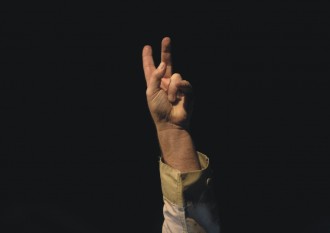Payola: Once A Dirty Word…
We (Eight to Infinity) did two Powerplay campaigns for 2000 users when we launched Aether in 2007:
“Travelogue”
1598 Users listened to the whole track, and of those Users, 14 Loved the track
405 Users skipped the track or did not listen to it to the end, and of those Users, 12 Banned the track
“Say You’ll Come”
1233 Users listened to the whole track, and of those Users, 12 Loved the track
771 Users skipped the track or did not listen to it to the end, and of those Users, 67 Banned the track
Of all the statistics the only important one was the “Loved the track” stat, which increased the number of streams by almost exactly that amount per week.
So 660 euros bought Eight to Infinity 26 extra streams per week. We never get stats for our record company, and so I’ve no idea if that translated into sales. I suspect not, and even if it did, @ 100% success rate, it would have cost more than we earned.
If there was some way to scale it up though, it suggests that of everyone you play your track to, .75% love it. Your revenue comes from that .75 % . how many of that less than 1% are going to make a purchase ? My guess would be about 10%, tops. So thats an potentially 0.075 % sale enhancement. For 660 Euros, I enhance my sales by 4000s time 0.075 = 300 units.
Profit on 300 units would be 1500 Euros if I sell the CD’s for 10 euros each and make 5 euros on each unit.
That would be great.
But if the person just buys the track from Itunes becasue they like it, for a retail price of one euro, itunes take a cut, cdbaby take a cut, and the label takes a cut, I get maybe 30 cents.
so now i have 300 x .030 Euros = 90 Euros for my 660 euro investment.
In fact, If I could release it straight to BitTorrent, at least I wouldn’t lose as much money : by giving it away, i’d effectively be up 550 euros.
You begin to see why the majors dont like the model where you download individual tracks from albums.
So you can only lose money with Powerplay IMHO. I suspected as much when I did them, but I find the %age of loves per track a useful guide as to how “sticky” your music really is.
The target audience we used was every popular and underground electronic vocal band we could find, From DM down to B! Machine.
|
|

|

The Low Anthem |
LATEST GALLERY IMAGES

Alanis Morissette 
Where Israel Goes, Misery Follows |
|
|


